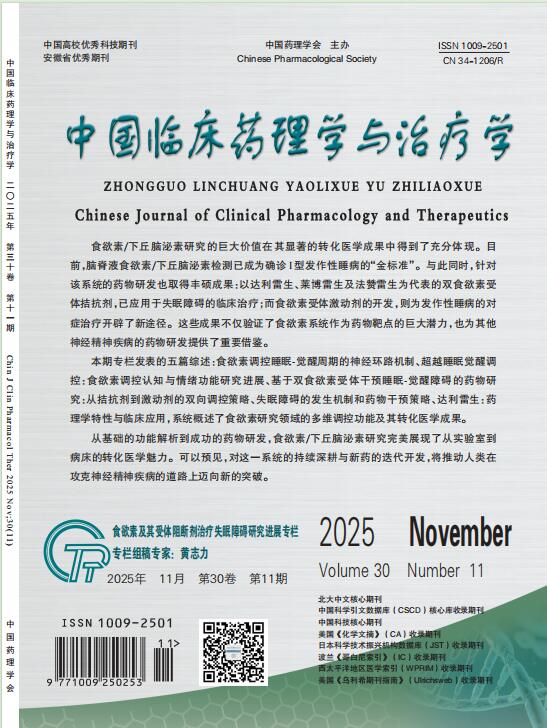Potential health benefits of resveratrol: a pharmacokinetics-caused conundrum
WANG Yaya, CHU Zixuan, YANG Junling, Olajide E. Olaleye, HE Rongrong, LI Muzi, CHENG Chen, LI Chuan
2021, 26(8):
931-954.
doi:10.12092/j.issn.1009-2501.2021.08.008
 Asbtract
(
1045 )
Asbtract
(
1045 )
 PDF (2366KB)
(
821
)
Related Articles |
Metrics
PDF (2366KB)
(
821
)
Related Articles |
Metrics
Resveratrol (3,5,4'-trihydroxy-trans-stilbene) was first identified from white hellebore (Veratrum grandiflorum) root and began to attract interest when its presence in red wine and cardiovascular activities were reported, leading to speculation of its contribution to the 'French paradox'. Besides the cardiovascular protection, potential health benefits of resveratrol include calorie restriction-like effects, cancer prevention and adjunctive therapy, and neuroprotection. In order to achieve translational applications of these potential benefits, pharmacokinetic research was performed for plasma pharmacokinetics and related disposition of orally dosed resveratrol. This paper summarizes the known human pharmacokinetic characteristics of resveratrol after oral administration and various attempts to improve its systemic exposure level from the perspectives of systemic exposure and in vivo process. However, available pharmacokinetic data of resveratrol has raised conundrums that limit translating potential benefits to clinics: (1) differences between the unchanged resveratrol used in bioactivity studies and its major circulating forms (i.e., metabolites) after dosing; (2) resveratrol's test concentrations used to exert in vitro bioactivities related to the benefits significantly higher than the compound's clinically achievable concentrations; (3) resveratrol's concentrations achievable (estimated from the pharmacokinetics) from doses used to produce in vivo efficacy significantly lower than the effective concentrations found in studies of related action mechanism (suggesting unreliability of test mechanism). In the last part of this review, we provide recommendations for future pharmacokinetic investigations of resveratrol, including a more systematic investigation of systemic exposure to resveratrol metabolites, their access to in vivo loci responsible for the benefits, and their disposition in target cells; an investigation of colon-luminal exposure to resveratrol and its metabolites for accessing colonic microbiota; and a multi-compound pharmacokinetic investigation of red wine.


